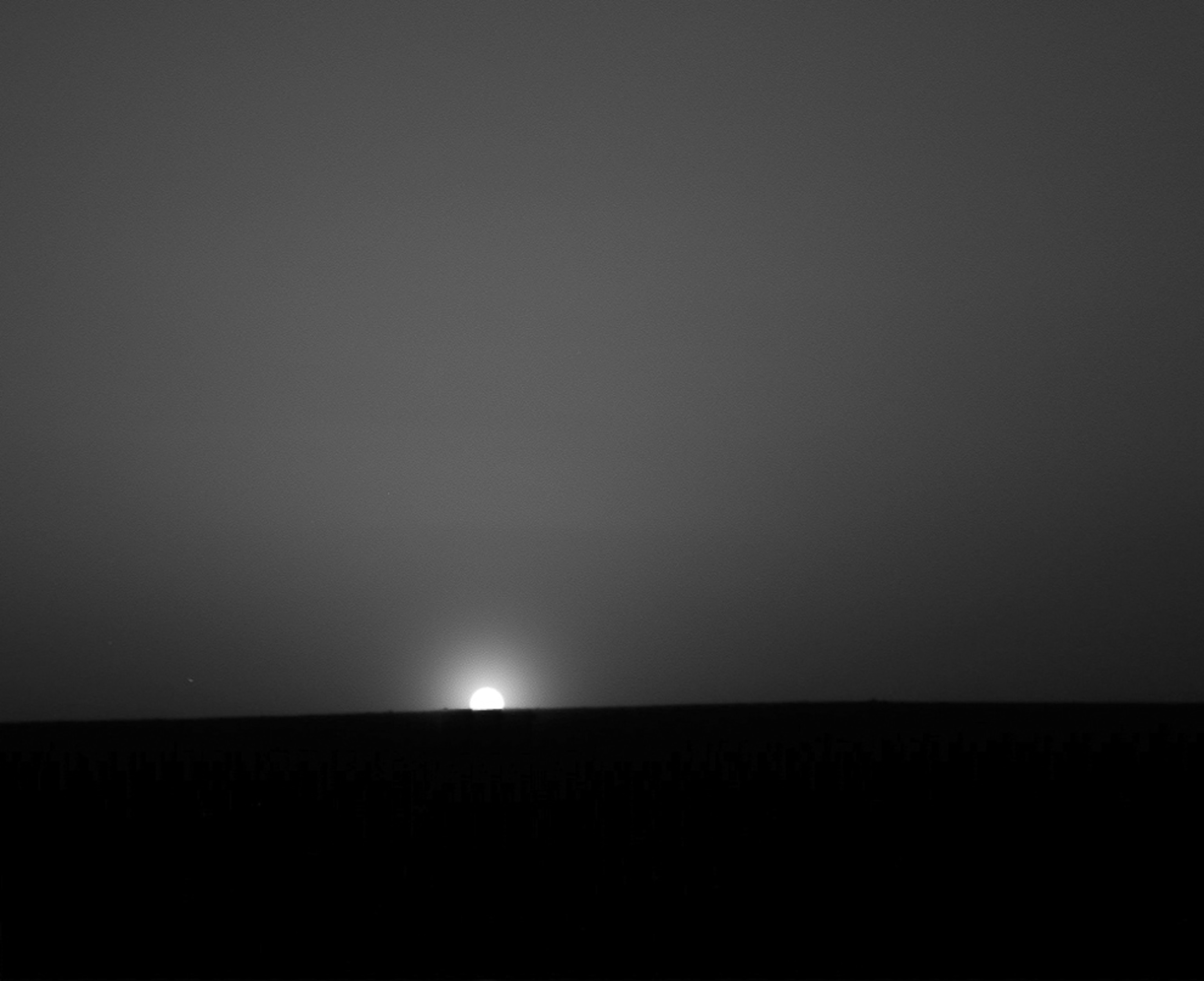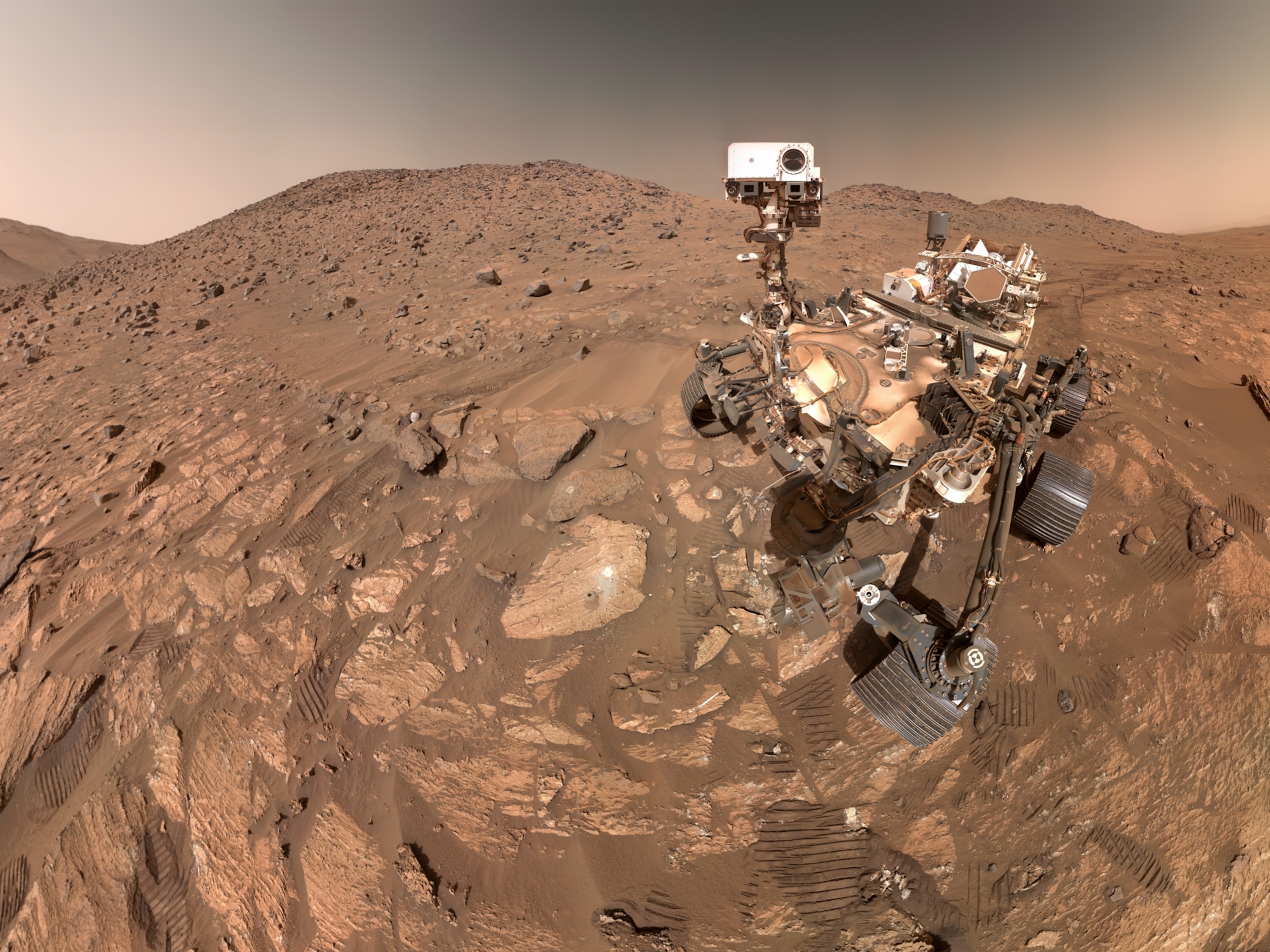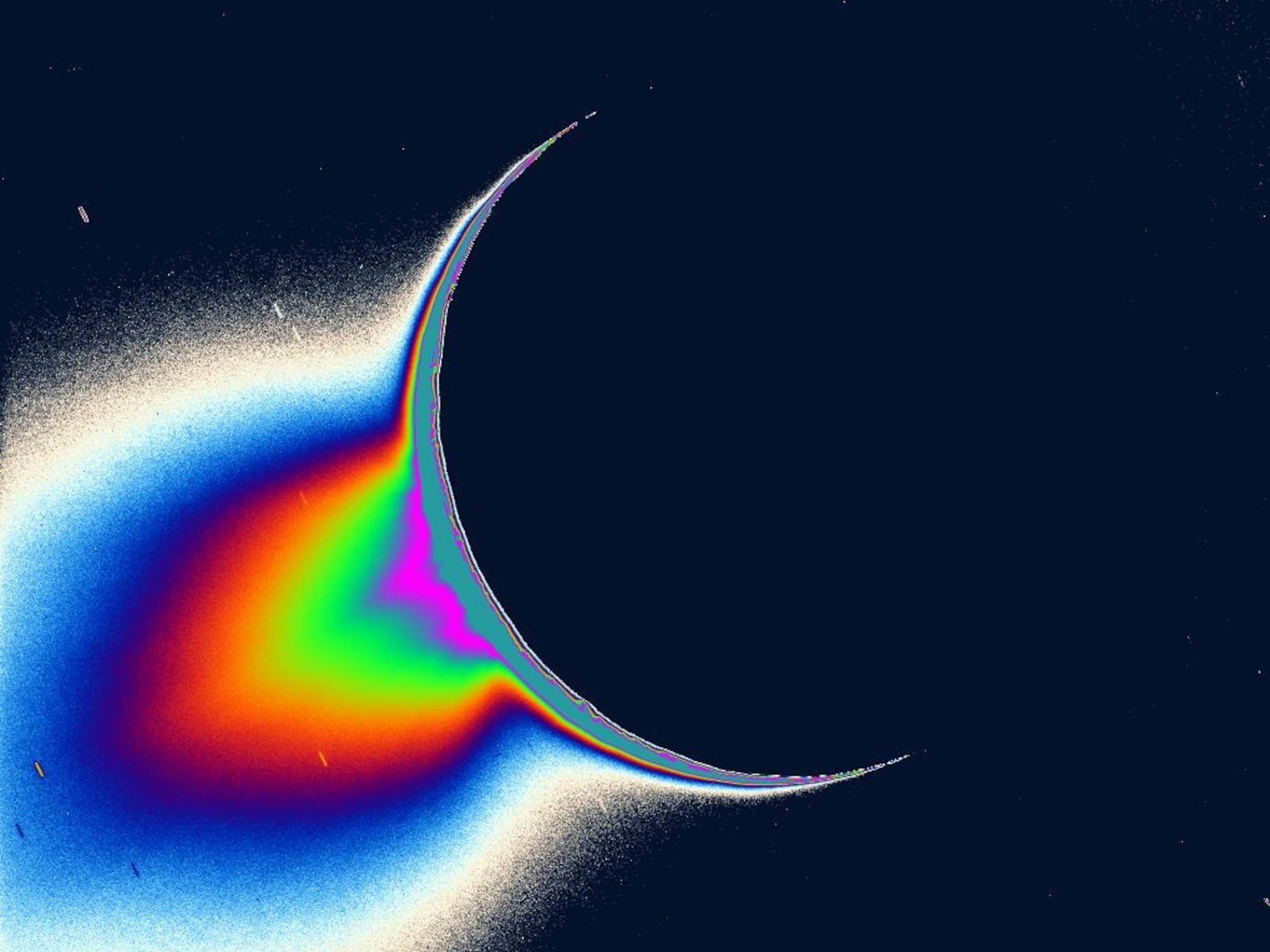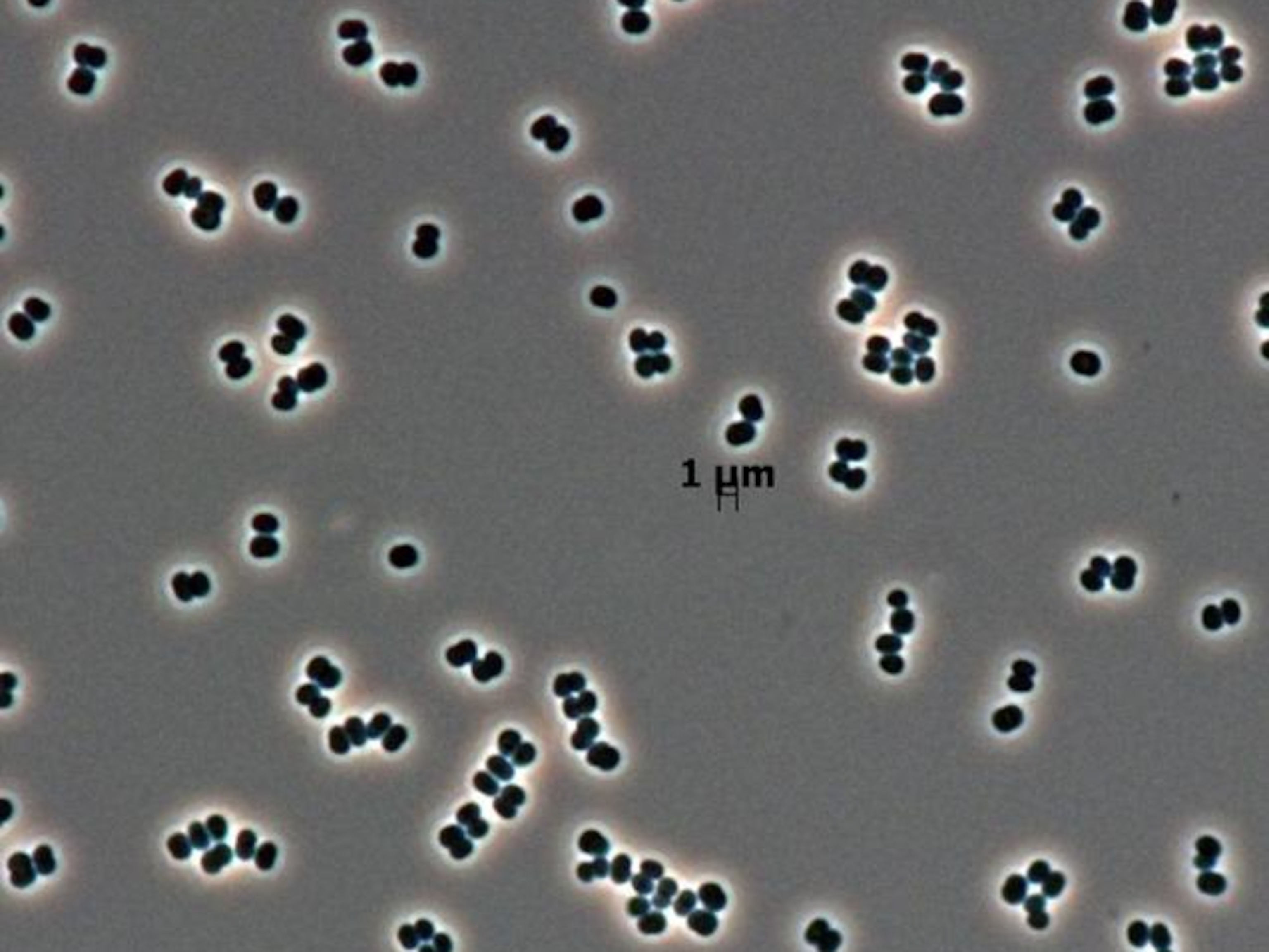
Martian-Fog Study Finds Thick Haze, "Diamond Dust"
NASA lander adds to evidence of red planet's water cycle.
Nights on Mars are shrouded in icy fog that turns to scattered precipitation, according to a new study of weather near the red planet's north pole.
The finding marks the first time that fog has been directly observed on the neighboring world, adding to evidence that modern Mars experiences a type of ongoing water cycle akin to Earth's.
Scientists probed the Martian fog using NASA's Phoenix Mars Lander. The craft touched down on Mars in May 2008—during the planet's late northern summer—and collected data for about five months before succumbing to frigid winter conditions.
Pictures from Phoenix revealed, for example, that there's water ice in the shallow Martian soil, but scientists aren't yet sure whether that ice is a relic of ancient times or is formed by ongoing processes.
During four nights near the middle of the Phoenix mission, scientists aimed a green laser beam affixed to the lander into the Martian skies and used a pair of cameras to record the result.
The new analysis of this data shows that Martian fog contains about 1.7 milligrams of water ice per cubic meter. Most of the fog is made of particles a little smaller than a thousandth of an inch wide, with an occasional larger particle settling out and falling toward the surface.
"If you went outside on a dusty or foggy night with a laser pointer and pointed it straight up, you'd see what we saw on Mars," said study co-author Mark Lemmon, a planetary scientist at Texas A&M University.
"You'd see the green beam and points of light every once in a while as a particle drifted through that beam."
Mars Showers Are Like Arctic "Diamond Dust"
From a seat next to the Phoenix lander, an observer during those four nights would have enjoyed a spectacular sunset as the late-summer day drew to a close. But soon after the bluish colors faded from the horizon, the observer would see the skies just a few meters overhead begin to choke with icy fog.
"Because the atmosphere is so thin on Mars, there is nothing to keep in the heat overnight, so the ground cools off very quickly," said study co-author John Moores, a planetary scientist at York University in Canada.
"Heat from the air is lost to the ground, so the air close to the ground gets colder, and as that pocket of [cold] air gets larger," more water vapor in the atmosphere condenses into ice crystals, and the fog gets thicker, Moores said.
"The fog starts closer to the ground and rises in height over time, so the cloud gets thicker and thicker and higher and higher as the night goes on," he added.
Eventually the icy haze begins to shower the ground with a light sprinkling of snowlike particles. The shower is not quite snowfall, the scientists say, but is perhaps more akin to the "diamond dust" that falls from the skies on some cold nights in Earth's Arctic regions.
Some 0.0001 inch (2.5 micrometers) of frost coats the Martian surface by the time the sun begins to rise in the morning. That icy layer then sublimates—turns directly from a solid to a gas.
Some of the water vapor reenters the atmosphere, but some likely penetrates the soil and becomes part of the subsurface ground ice, the scientists surmise. Either way would suggest some dynamic hydrological processes still at work on Mars.
"Because we have the fog," Moores said, "that means that there is a reservoir of water [in the atmosphere] to interact with subsurface water on a daily basis."
The Martian-fog study was published in the February 25 issue of Geophysical Research Letters.





